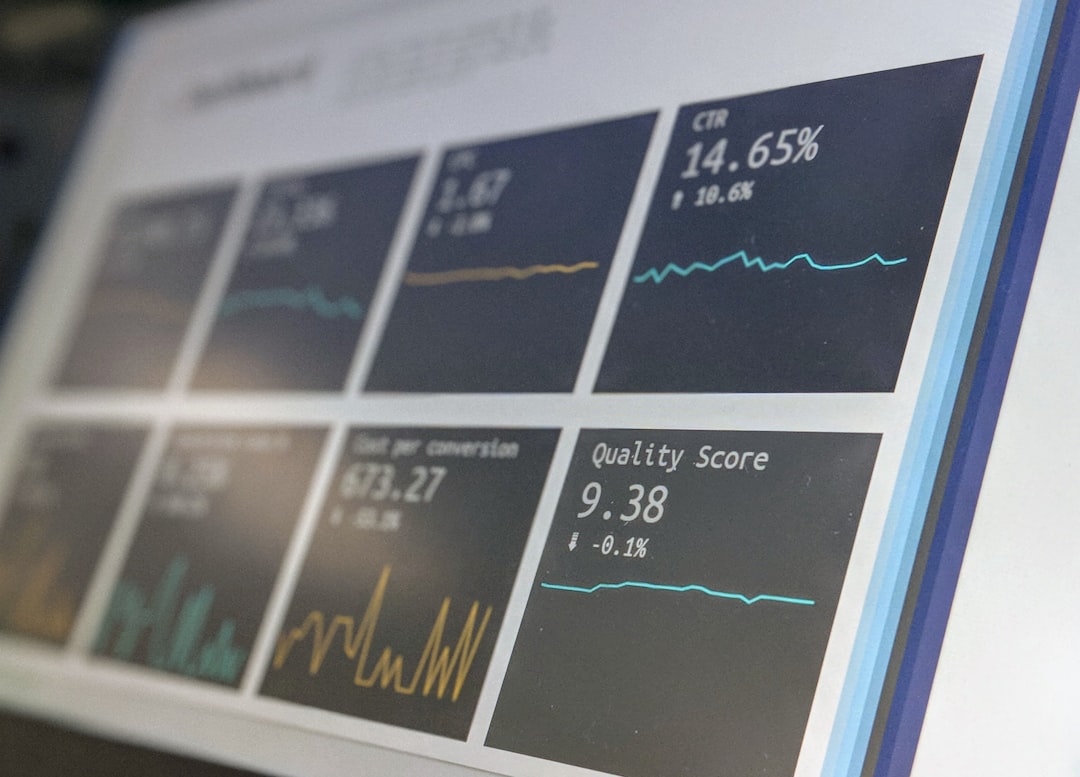What is it about?
In recent years, the term “smart city” has attracted a lot of attention from policy-makers, business leaders and citizenship in general. Although there is not a unique definition of what a smart city is, it is generally accepted that “smart” urban policies refer to local governments’ initiatives that use information and communication technologies in order to increase the quality of life of their inhabitants while contributing to a sustainable development. So far, “smart city” approaches have generally been related to top-down processes of technology diffusion. This article intends to have a broader view on “smart” initiatives to analyze both top-down and bottom up dynamics in a smart city. We argue that these two perspectives are complementary and its combination can reinforce the collaboration between different city stakeholders. Top-down and bottom up initiatives are not opposed forces but, on the contrary, can have a synergistic effect on the innovation capacity of the city. Both perspectives are illustrated by providing examples of different “smart” aspects in the city of Barcelona: smart districts, open collaborative spaces, infrastructures and open data.
Featured Image
Read the Original
This page is a summary of: Smart city or smart citizens? The Barcelona case, Journal of Strategy and Management, August 2015, Emerald,
DOI: 10.1108/jsma-03-2015-0030.
You can read the full text:
Contributors
The following have contributed to this page










